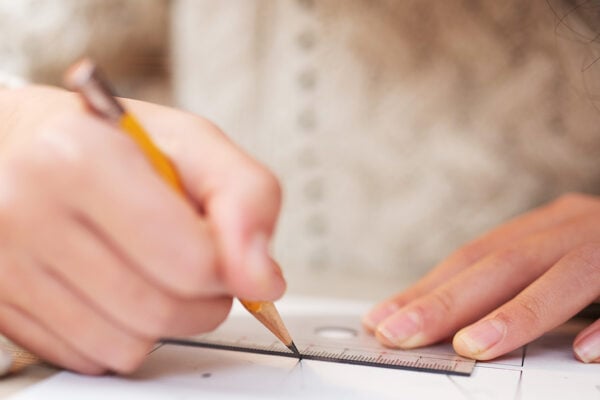SAT® Prep
Our SAT Prep courses will help your teen manage the pressure, feel confident on test day and improve SAT scores.

Increase scores (and confidence!) with SAT Prep courses
Unlike most SAT prep programs, Sylvan offers a balanced approach to our SAT prep courses. Our proven mix includes teacher-led instruction (available in-center or via live, online sessions), independent practice, a robust website with resources, thousands of video tutorials and multiple SAT practice tests.
This comprehensive approach ensures that your teen learns strategies for tackling every type of exam question (including the essay portion of the SAT). Plus, they can focus on the specific skill areas that need improvement.

What does the Sylvan SAT preparation program offer?
With Sylvan’s SAT training, your teen can take full advantage of:
- Guidance from expert SAT tutors who know the college/university entrance exam inside and out
- A personalized, online lesson path for extra instruction and practice to improve the skills that need the most help
- Flexible in-person or online hours to fit your student’s busy schedule
Watch Video
Hear how Sylvan helped Clare improve her SAT score by 200 points

Hear what other Sylvan families say about our Prep
“My son Isaiah, after two tries, had an SAT score of 930. After just six sessions he brought his score up to 1060!! 130-point improvement! Thank you so much, Sylvan!”

Hear what other Sylvan families say about our Prep
“Sylvan prepared my daughter to take the ACT and SAT, and she got in to every college she applied to!”
SAT Prep near me
SAT Prep is available at select Sylvan centers. Give us a call at (888) 338-2283 or fill out the form to discuss your student’s learning goals.
SAT is a registered trademark of the College Board, which was not involved in the production of, and does not endorse, this product.

